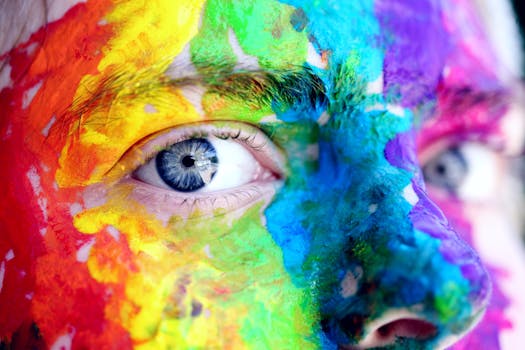Complete Guide on How to Correctly Match Colors in Your Outfits, Regardless of the Season
Color matching in fashion is an art that can elevate your style and enhance your confidence. Whether you’re dressing for a casual day out or a formal event, understanding how to pair colors effectively can make a significant difference. This guide will provide you with essential tips and techniques to match colors in your outfits, ensuring you look stylish throughout the year.
The Basics of Color Theory
Before diving into practical applications, it’s crucial to understand some fundamental concepts of color theory. Colors can be categorized into three primary groups:
- Primary Colors: Red, blue, and yellow. These colors cannot be created by mixing other colors.
- Secondary Colors: Green, orange, and purple. These are formed by mixing primary colors.
- Tertiary Colors: These are created by mixing a primary color with a secondary color, resulting in hues like red-orange or blue-green.
Understanding these categories helps in creating a balanced color palette for your outfits.
Understanding the Color Wheel
The color wheel is a visual representation of colors arranged according to their chromatic relationship. It is an essential tool for matching colors effectively. Here are some key concepts related to the color wheel:
- Complementary Colors: Colors that are opposite each other on the wheel (e.g., blue and orange). These create a vibrant look when paired together.
- Analogous Colors: Colors that are next to each other on the wheel (e.g., blue, blue-green, and green). These combinations are harmonious and pleasing to the eye.
- Triadic Colors: Three colors that are evenly spaced around the wheel (e.g., red, yellow, and blue). This scheme offers a balanced yet colorful outfit.
Seasonal Color Matching
Different seasons often evoke specific color palettes. Here’s how to adapt your color choices based on the time of year:
Spring
Spring is characterized by fresh, light colors. Think pastels and soft hues. Popular choices include:
- Pale pink
- Mint green
- Lavender
- Sky blue
Pair these colors with neutral tones like beige or white for a balanced look.
Summer
Summer calls for vibrant and bold colors. Bright yellows, blues, and greens can be very appealing. Consider these combinations:
- Coral with turquoise
- Bright yellow with navy
- Hot pink with lime green
These combinations can create a lively and energetic outfit perfect for summer outings.
Autumn
Autumn is all about warm, earthy tones. Rich colors like burgundy, mustard, and forest green are ideal. Here are some effective pairings:
- Burnt orange with olive green
- Deep red with camel
- Mustard yellow with chocolate brown
These colors reflect the changing leaves and create a cozy vibe.
Winter
Winter outfits often feature darker, more muted colors. Jewel tones and deep shades work well. Consider these combinations:
- Emerald green with navy
- Plum with charcoal
- Crimson with black
These pairings can add sophistication and warmth to your winter wardrobe.
Practical Tips for Color Matching
Here are some practical tips to help you match colors effectively:
- Start with a Base Color: Choose a neutral base (like black, white, or gray) and build your outfit around it.
- Use Accessories: Incorporate colorful accessories to add interest without overwhelming your outfit.
- Consider Skin Tone: Choose colors that complement your skin tone. Warm skin tones often look great in earthy colors, while cool skin tones shine in jewel tones.
- Experiment: Don’t be afraid to try new combinations. Fashion is about personal expression.
Conclusion
Matching colors in your outfits is a skill that can be developed with practice and understanding of color theory. By utilizing the color wheel, considering seasonal palettes, and following practical tips, you can create stylish and harmonious outfits year-round. Remember, the key is to feel confident in what you wear, so don’t hesitate to express your unique style through color. With these guidelines, you’re well on your way to mastering the art of color matching!
